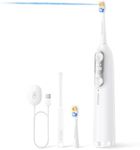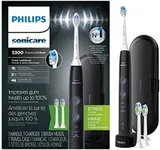Best Electric Toothbrushes
From leading brands and best sellers available on the web.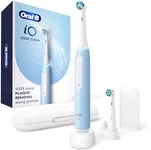
Oral-B
45%OFF
Oral-B iO Deep Clean Rechargeable Electric Powered Toothbrush, Icy Blue with iO Series 3 Limited, 2 Brush Heads and Travel Case - Pressure Sensor to Protect Gums - 3 Cleaning Settings - 2 Minute Timer
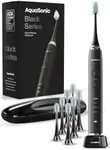
Aquasonic
20%OFF
Aquasonic Black Series Ultra Whitening Toothbrush – ADA Accepted Electric Toothbrush- 8 Brush Heads & Travel Case – 40,000 VPM Electric Motor & Wireless Charging - 4 Modes w Smart Timer

Oral-B
48%OFF
Oral-B iO Deep Clean + Protect Rechargeable Electric Toothbrush, Black with a iO Series 7 Toothbrush, 2 Replacement Brush Heads, and a Charging Travel Case
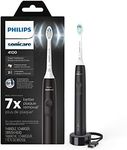
Philips Sonicare
40%OFF
Philips Sonicare 4100 Rechargeable Electric Toothbrush, with Pressure Sensor, 2 Intensity Settings, SmarTimer and QuadPacer, 14-Day Battery Life, Black, Model HX3681/24
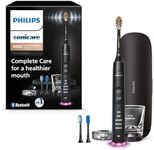
Philips Sonicare
29%OFF
Philips Sonicare DiamondClean Smart 9500 Electric Toothbrush, Sonic Toothbrush with App, Pressure Sensor, Brush Head Detection, 5 Brushing Modes and 3 Intensity Levels, Black, Model HX9923/11
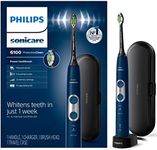
Philips Sonicare
15%OFF
Philips Sonicare ProtectiveClean 6100 Rechargeable Electric Toothbrush, with Pressure Sensor, 3 Cleaning Modes, SmarTimer and QuadPacer, 14-Day Battery Life, Travel Case, Navy Blue, Model HX6871/49

Oral-B
33%OFF
Oral-B iO Deep Clean + Whiten Rechargeable Electric Toothbrush with Visible Pressure Sensor, 2 Minute Timer, 5 Cleaning Settings, 1 iO5 Limited, 3 Toothbrush Heads, Travel Case & Refill Holder, Black
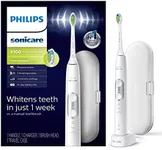
Philips Sonicare
15%OFF
PHILIPS Sonicare ProtectiveClean 6100 Rechargeable Electric Toothbrush, with Pressure Sensor, 3 Cleaning Modes, SmarTimer and QuadPacer, 14-Day Battery Life, Travel Case, White, Model HX6877/21
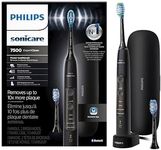
Philips Sonicare
Philips Sonicare ExpertClean 7500 Black, Rechargeable Electric Power Toothbrush, HX9690/05
Our technology thoroughly searches through the online shopping world, reviewing hundreds of sites. We then process and analyze this information, updating in real-time to bring you the latest top-rated products. This way, you always get the best and most current options available.

Most Popular Categories Right Now
